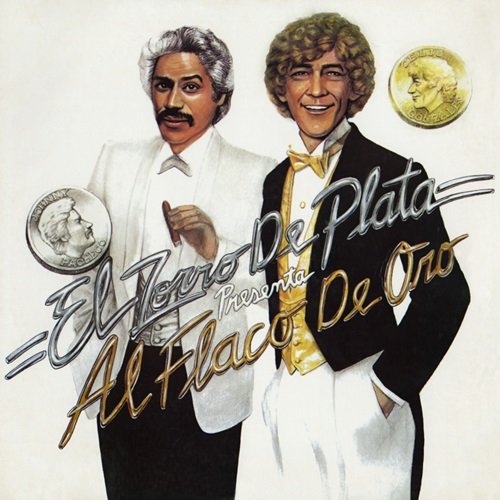Cecilia Bartoli, Ion Marin - Rossini Heroines (1992)
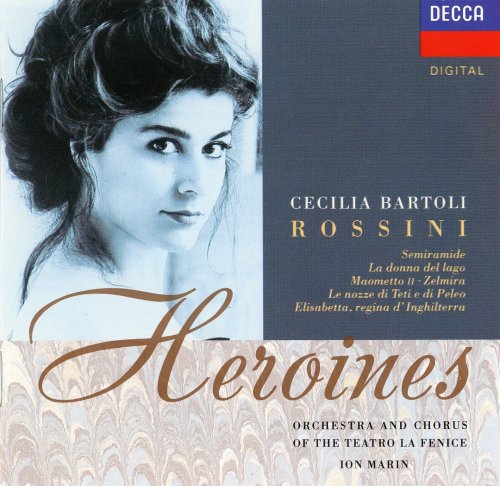
Artist: Cecilia Bartoli, Ion Marin
Title: Rossini Heroines
Year Of Release: 1992
Label: Decca
Genre: Classical, Vocal
Quality: FLAC (image+.cue,log,scans)
Total Time: 59:09
Total Size: 297 Mb
WebSite: Album Preview
Tracklist: Title: Rossini Heroines
Year Of Release: 1992
Label: Decca
Genre: Classical, Vocal
Quality: FLAC (image+.cue,log,scans)
Total Time: 59:09
Total Size: 297 Mb
WebSite: Album Preview
1. Riedi Al Soglio (Zelmira)
2. Ah, Non Potrian Resistere (Le Nozze Di Teti E Di Peleo)
3. Giusto Ciel, In Tal Periglio (Maometto II)
4. Tanti Affetti In Tal Momento (La Donna Del Lago)
5. Quant'è Grato All'Alma Mia (Elisabetta, Regina D'Inghilterra)
6. Fellon, La Pena Avrai (Elisabetta, Regina D'Inghilterra)
7. Ah! Che Invan Su Questo Ciglio (Maometto II)
8. Serena I Vaghi Rai... Bel Raggio Lusinghier (Semiramide)
Performers:
Cecilia Bartoli (mezzo-soprano)
Coro del Teatro la Fenice
Orchestra del Teatro la Fenice
Ion Marin (conductor)
The subtitle of this fine recital disc by Cecilia Bartoli is ''arias composed for Isabella Colbran: Rossini's primissima donna''. Colbran was around 30 years old when Rossini first wrote for her in Naples in 1815. (The opera was Elisabetta, regina d'Inghilterra.) But it is tempting to wonder whether even then she had a voice to match that of Signorina Bartoli, our newest and most lustrous Rossinian primissima donna. As a Rossini mezzo, Bartoli has most things one could wish for: tone of burnt umber, a brilliant top and rock-solid bottom with well-matched registers in between, and a temperament that can be fiery and affecting by turns. Much of this is on display in the recital's opening number, the closing scene from Zelmira (Naples, 1822) which the ageing Colbran almost certainly didn't sing as expertly as Bartoli does here. In Bartoli's performance we have a full register of human emotion as well as great virtuosity, including some fabulous quick runs of great tonal variety and allure.
At times Bartoli's youthful drive and ardour threaten to become too much of a good thing; yet in something like ''Tanti affetti'' there is plenty of lyricism and suppressed ardour in the Caballe style. There is also plenty of radiance, and a climax of burning power, in Anna's Prayer from Maometto II, the aria that Ricciarelli on her Virgin Classics recital (see below) sings in Italian in its reincarnation as the Prayer in Le siege de Corinthe. Bartoli scores by singing the original music in the original language. Then, later in the recital, she caps that performance with an intensely moving account of Anna's great cavatina from Act 1, ''Ah! che invan su questo ciglio''.
Bartoli's Queen Elizabeth I is fiercer, more war-like than Caballe's on the deleted Philips LPs. I thrill to the power of Bartoli's singing in the final scene but miss some of Caballe's inwardness (reflecting the Queen's emotional vulnerability) in the haunting central Andante. Earlier, in Elizabeth's Act 1 aria, Bartoli is less coquettish than Caballe was. She also deliberately or inadvertently disguises the cabaletta's similarity to Rosina's ''Una voce poco fa'' by adopting a very measured tempo indeed. This is achieved at some risk to the forward movement of the music. But what Bartoli does on this occasion is nothing to what we get on the last track of the recital. There, Semiramide's ''Bel raggio lusinghier'' is launched as a kind of halting recitative. The characterization is highly charged but the rhythm persistently falters. In the cabaletta the brakes come off and Bartoli begins to surge forward like a turbo-charged Ferrari. Add to that some aggressive and faintly aspirated runs, and rather a lot of otiose decoration in the second verse, and we have all the makings of a musical stunt. A voice warns: ''Prepare to bail out. This girl is getting reckless''.
The programme includes a novelty among its several rarities. It is one of several transformations Rossini made of Count Almaviva's ill-starred showpiece aria at the end of Il barbiere di Siviglia (February, 1816). It would later suit Cenerentola rather better (Rome, 1817). Here it is the wonderfully effective basis for a dazzling set-piece for the goddess Ceres in the theatrical entertainment Le nozze di Teti e di Peleo which Rossini laid on for Neapolitan royalty in April 1816.
The recital has been carefully put together. The conducting is generally alert and the chorus is well used in the most of the extracts. I am thinking in particular of the Elisabetta finale. Strangely, though, one of their scheduled appearances is missing from the Zelmira finale. Decca's digital recording gives one a startlingly vivid up-front impression of Bartoli's voice. No holds are barred. As I say: a dangerously captivating lady, running on high-octane talent.' -- Richard Osborne
At times Bartoli's youthful drive and ardour threaten to become too much of a good thing; yet in something like ''Tanti affetti'' there is plenty of lyricism and suppressed ardour in the Caballe style. There is also plenty of radiance, and a climax of burning power, in Anna's Prayer from Maometto II, the aria that Ricciarelli on her Virgin Classics recital (see below) sings in Italian in its reincarnation as the Prayer in Le siege de Corinthe. Bartoli scores by singing the original music in the original language. Then, later in the recital, she caps that performance with an intensely moving account of Anna's great cavatina from Act 1, ''Ah! che invan su questo ciglio''.
Bartoli's Queen Elizabeth I is fiercer, more war-like than Caballe's on the deleted Philips LPs. I thrill to the power of Bartoli's singing in the final scene but miss some of Caballe's inwardness (reflecting the Queen's emotional vulnerability) in the haunting central Andante. Earlier, in Elizabeth's Act 1 aria, Bartoli is less coquettish than Caballe was. She also deliberately or inadvertently disguises the cabaletta's similarity to Rosina's ''Una voce poco fa'' by adopting a very measured tempo indeed. This is achieved at some risk to the forward movement of the music. But what Bartoli does on this occasion is nothing to what we get on the last track of the recital. There, Semiramide's ''Bel raggio lusinghier'' is launched as a kind of halting recitative. The characterization is highly charged but the rhythm persistently falters. In the cabaletta the brakes come off and Bartoli begins to surge forward like a turbo-charged Ferrari. Add to that some aggressive and faintly aspirated runs, and rather a lot of otiose decoration in the second verse, and we have all the makings of a musical stunt. A voice warns: ''Prepare to bail out. This girl is getting reckless''.
The programme includes a novelty among its several rarities. It is one of several transformations Rossini made of Count Almaviva's ill-starred showpiece aria at the end of Il barbiere di Siviglia (February, 1816). It would later suit Cenerentola rather better (Rome, 1817). Here it is the wonderfully effective basis for a dazzling set-piece for the goddess Ceres in the theatrical entertainment Le nozze di Teti e di Peleo which Rossini laid on for Neapolitan royalty in April 1816.
The recital has been carefully put together. The conducting is generally alert and the chorus is well used in the most of the extracts. I am thinking in particular of the Elisabetta finale. Strangely, though, one of their scheduled appearances is missing from the Zelmira finale. Decca's digital recording gives one a startlingly vivid up-front impression of Bartoli's voice. No holds are barred. As I say: a dangerously captivating lady, running on high-octane talent.' -- Richard Osborne

![Grises - Eveil (2025) [Hi-Res] Grises - Eveil (2025) [Hi-Res]](https://www.dibpic.com/uploads/posts/2025-12/1766127968_cover.jpg)
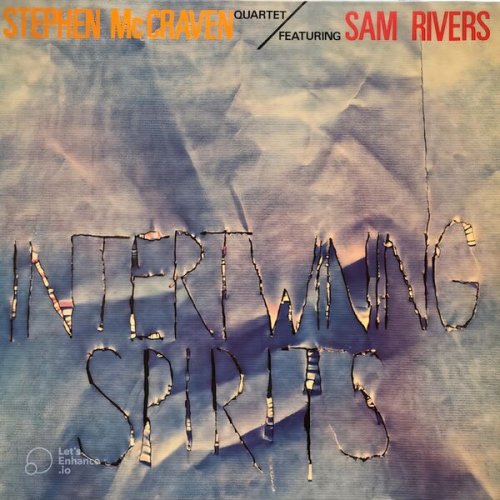
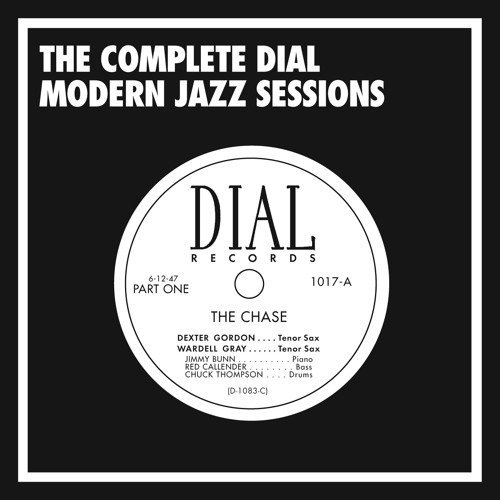

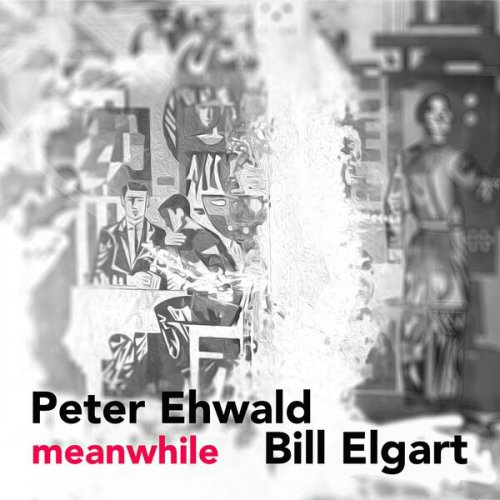

![Tom Cohen - Embraceable Brazil (2025) [Hi-Res] Tom Cohen - Embraceable Brazil (2025) [Hi-Res]](https://img.israbox.com/img/2025-12/18/vgt0kbsml69jbixcu67jkruae.jpg)
